The world of decorative arts has long been captivated by the exquisite craftsmanship of Fabergé enamels, a technique that reached its zenith during the late 19th and early 20th centuries under the patronage of the Russian Imperial family. The name Fabergé conjures images of opulent eggs adorned with intricate designs, but the true marvel lies in the delicate layers of enamel that give these objects their luminous quality. This article delves into the history, technique, and enduring legacy of Fabergé’s enamel work, exploring how this art form became synonymous with luxury and precision.
The House of Fabergé, founded by Gustav Fabergé in 1842, gained international acclaim under the direction of his son, Peter Carl Fabergé. While the firm produced a wide array of objets d’art, it was the enamel work that set their creations apart. The technique of cloisonné and guilloché enameling, perfected by Fabergé’s master craftsmen, involved applying multiple layers of finely ground glass paste to a metal surface, often gold or silver. Each layer was fired at high temperatures, a process requiring immense skill to avoid cracks or imperfections. The result was a surface that shimmered with depth and brilliance, capturing light in a way that seemed almost magical.
What made Fabergé’s enamels particularly remarkable was their range of colors and effects. The workshop developed over 140 distinct shades, from translucent blues and greens to opaque reds and whites. Some pieces even featured layered colors, creating a sense of movement and dimensionality. The guilloché technique, which involved engraving intricate patterns into the metal before applying the enamel, added another layer of complexity. When light struck these surfaces, the engraved designs beneath the enamel would refract and reflect, producing a mesmerizing play of light and shadow.
The Imperial Easter Eggs remain the most famous examples of Fabergé’s enamel mastery. Commissioned by Tsar Alexander III and later Nicholas II as gifts for the tsarinas, these eggs were miniature marvels of artistry and engineering. The enamel work on these pieces was often paired with gemstones, gold filigree, and miniature portraits, creating objects that were as much about storytelling as they were about beauty. The "Rosebud Egg," for instance, featured a soft pink enamel surface with a matte finish, evoking the delicate petals of a rose. Inside, a surprise of yellow enamel and diamonds awaited, symbolizing the intimacy of the imperial family.
Beyond the eggs, Fabergé’s enamel work adorned everything from cigarette cases to picture frames, each piece reflecting the same attention to detail. The firm’s ability to blend traditional Russian motifs with contemporary European styles made their creations highly sought after by aristocrats and collectors. The enameled surfaces often depicted floral patterns, geometric designs, or even miniature landscapes, all rendered with a precision that bordered on the microscopic. This level of craftsmanship required not only technical expertise but also an artistic sensibility that few could match.
The Russian Revolution of 1917 marked the end of the Fabergé era, as the workshop was nationalized and its treasures dispersed. Many of the master craftsmen fled abroad, taking their knowledge with them. While the original House of Fabergé never regained its former glory, the techniques developed by its artisans influenced generations of jewelers and enamelists. Today, surviving Fabergé pieces are housed in museums and private collections, their enamel work as vibrant as the day they were made. Auction houses regularly fetch record prices for these items, a testament to their enduring appeal.
Modern attempts to replicate Fabergé’s enamel work have met with mixed success. The precise formulas for the glass pastes, the exact firing temperatures, and the hand-engraving techniques remain closely guarded secrets or have been lost to time. Some contemporary artisans have come close, but the original pieces retain an unmatched aura of authenticity. Collectors often speak of the "soul" in a Fabergé enamel, a quality that seems to emanate from the layers of labor and love embedded in each piece.
The fascination with Fabergé enamels extends beyond their material value. They represent a pinnacle of human creativity, a moment in history when art and craftsmanship converged to produce something truly extraordinary. In an age of mass production, the painstaking process of creating these enamels serves as a reminder of the beauty that can emerge when time is no object. Whether viewed in a museum case or held in the palm of a hand, a Fabergé enamel piece is more than an object—it’s a portal to a bygone era of elegance and artistry.
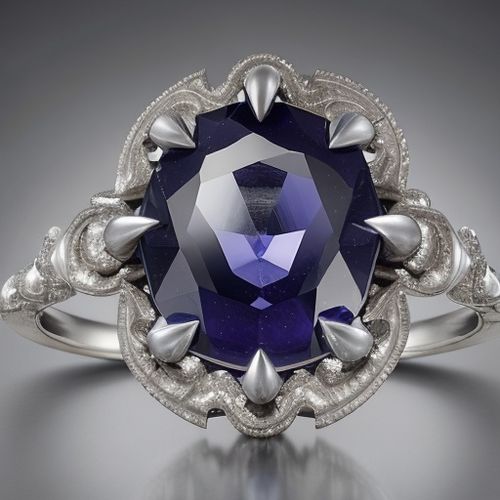
By John Smith/Apr 28, 2025

By Lily Simpson/Apr 28, 2025
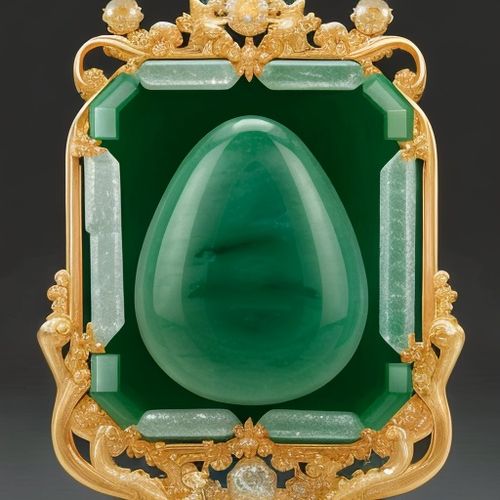
By Sarah Davis/Apr 28, 2025
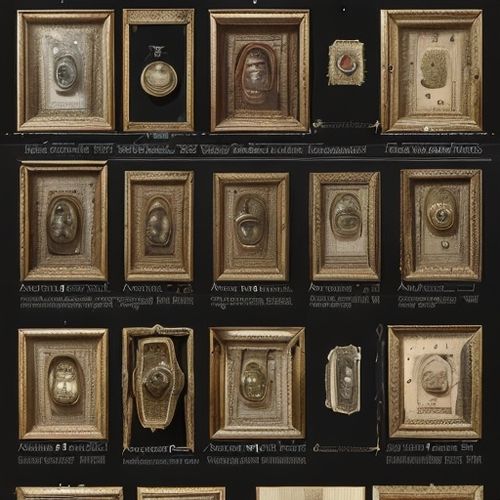
By Megan Clark/Apr 28, 2025

By Michael Brown/Apr 28, 2025

By William Miller/Apr 28, 2025

By Laura Wilson/Apr 28, 2025
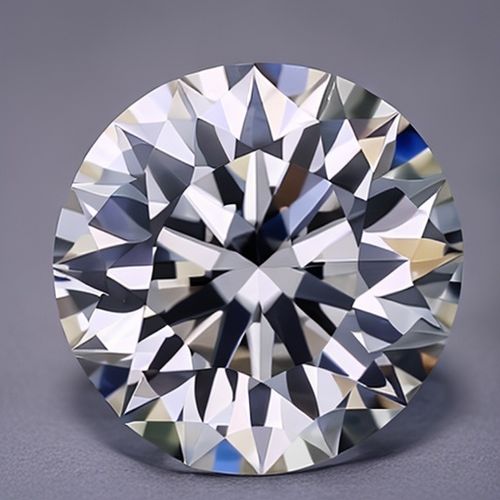
By Michael Brown/Apr 28, 2025
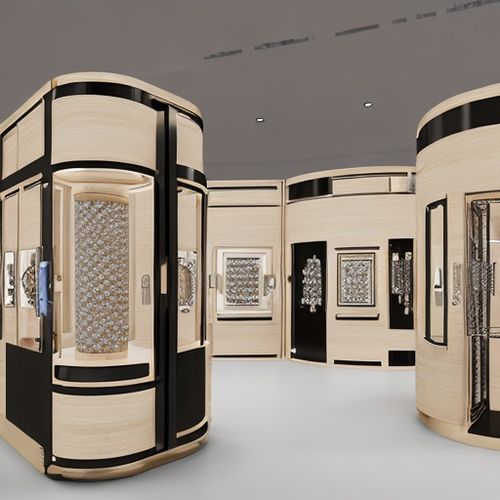
By Ryan Martin/Apr 28, 2025
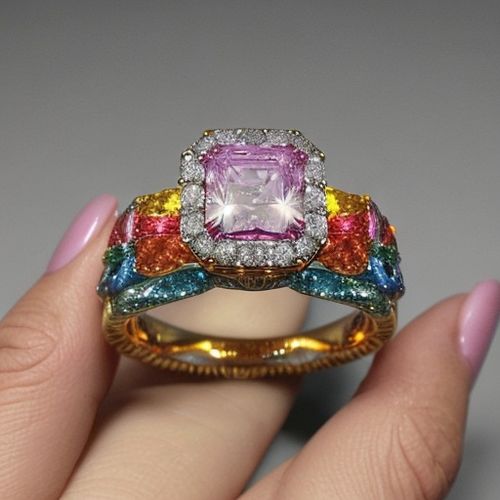
By George Bailey/Apr 28, 2025

By Samuel Cooper/Apr 28, 2025
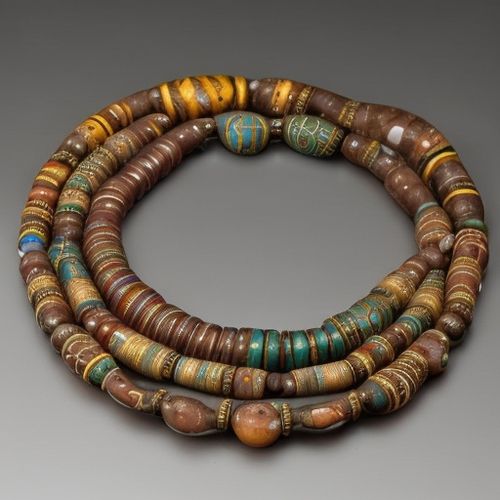
By Joshua Howard/Apr 28, 2025
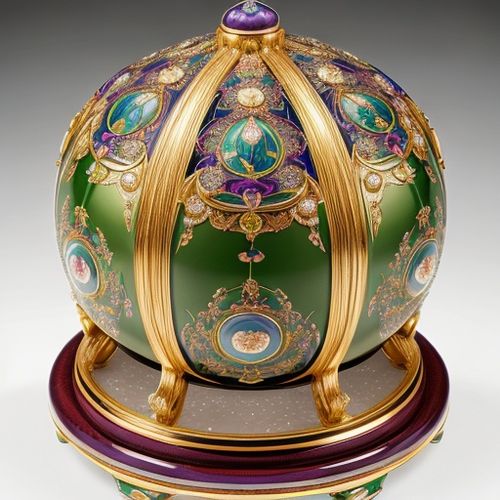
By Laura Wilson/Apr 28, 2025

By Eric Ward/Apr 28, 2025

By Natalie Campbell/Apr 28, 2025

By Christopher Harris/Apr 28, 2025

By Lily Simpson/Apr 28, 2025
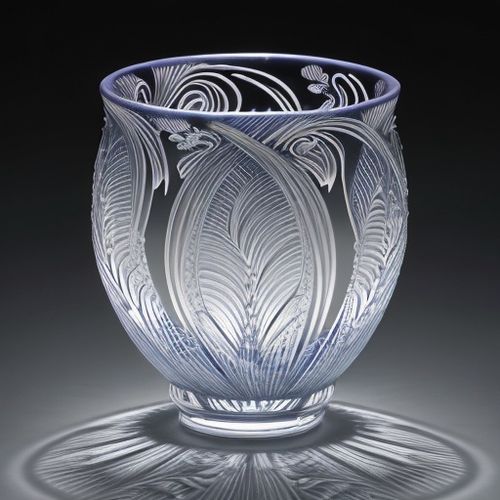
By Benjamin Evans/Apr 28, 2025
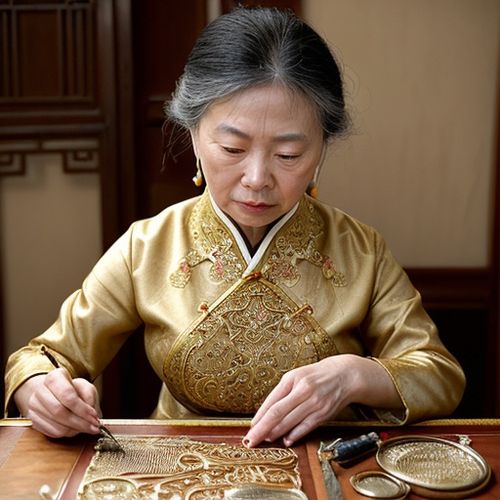
By Lily Simpson/Apr 28, 2025

By William Miller/Apr 28, 2025